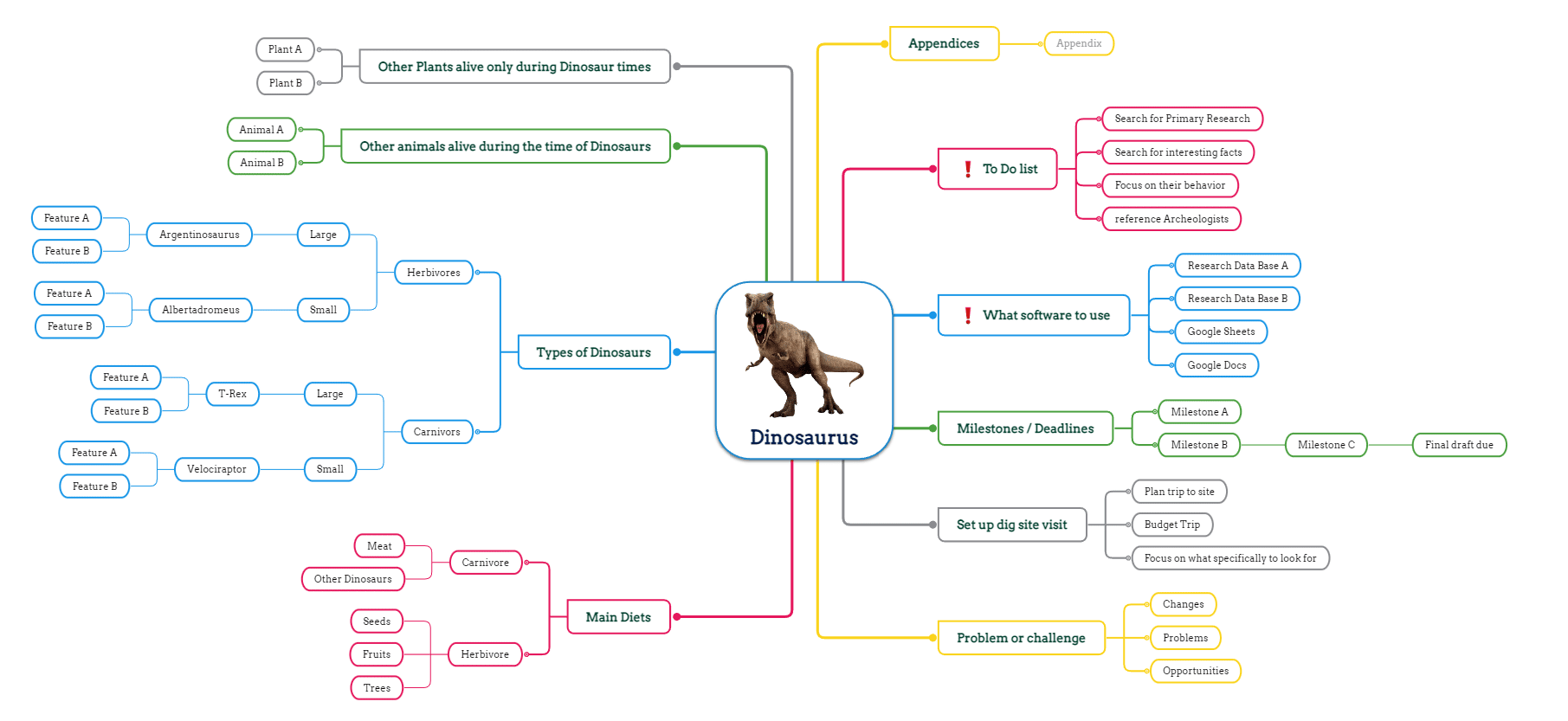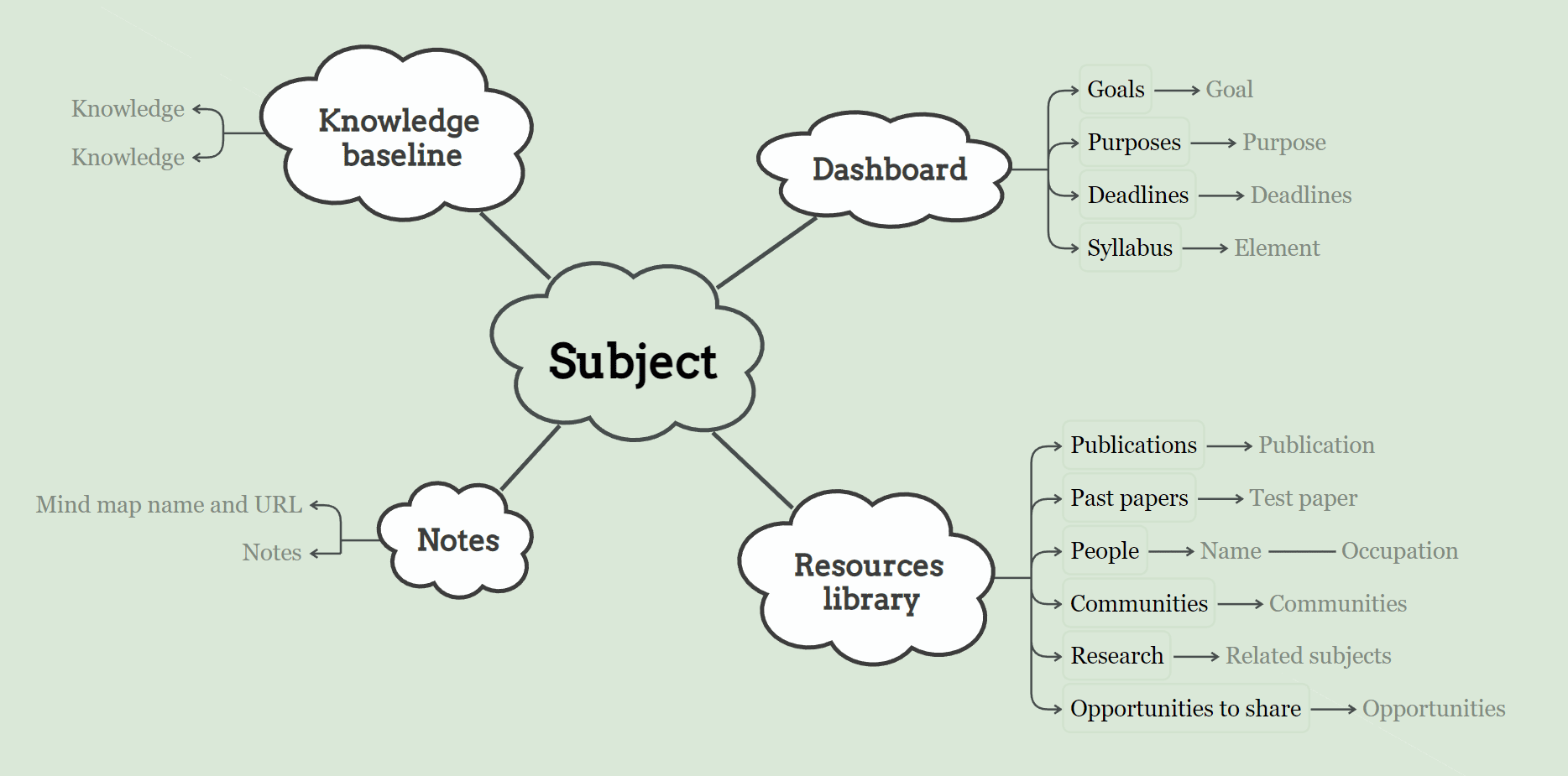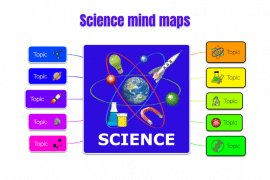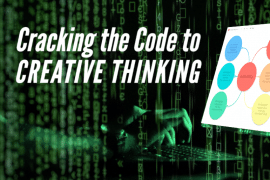
Anyone who is in research, especially in higher education or product development, should know the power of mind maps already. These are sometimes explicitly referenced as a research mind map. However, instead of starting to draw everything out on a piece of paper, it’s best to work with a diagramming tool. Becoming a master of mind maps will help to unlock the power of visual representation and learning.
Many people believe you can only use a mind map in early education or business. Yet mind maps are used all the time whether we know it or not. Imagine the last time you grabbed a piece of paper and started writing down notes. You’re in a class with these notes, and you start drawing shapes around some keywords. You then start to draw arrows or lines to other words from this key central point. In essence, this comes from you as a visual learner, and you’re working on building your first mind map template.
This note-taking endeavor will allow you to build a research mind map in no time. All you need to do is reinforce your understanding of how mind maps can be used in education. That’s because it will be your first step in using a mind map for research. Make sure to understand the different stages of a traditional mind map as well.
How do you write a mind map for research?
Traditional mind maps are all about brainstorming your ideas. Most mind map examples out there showcase this, yet when it comes to research, we take the opposite direction. We want to take a more focused approach and represent that in our mind map template.
With the core topic in mind, it’s even best to consider using an image in the center. But, again, it helps to bring a different medium to your mind map examples.

In this case, our focus will be dinosaurs. This research mind map will end up acting not only as a place for research but an outline of tasks. This helps to provide a completely holistic approach and has everything on one digital mind map.
Once you find your focus – you want to build out your subgroups. These will be that mix of research areas, deadlines, to-do lists, and other components that are part of the research. It should have the core research problem being looked into.
Keep in mind to stay focused with this digital mind map. You don’t need any special mind-mapping software for research. Just find the most flexible and feature-rich diagramming tool possible, such as us at Mindomo.
What does research include?
It doesn’t matter if you’re looking into academic research or professional research. If you’re looking into product research at a company, it will have similar data categories. Research is a way to increase our overall collective knowledge. It is done to evaluate a hypothesis as well as generate questions for additional research. Part of doing research is to combine it all together, the knowledge, data, references, and inferences into a presentable format.
A research mind map helps with the collection of the components of research. This includes:
- Documentation
- Information
- Data collection
- Analysis results.
There are different methodologies that one can use when conducting research as well. These are further broken down into whether you’re looking for qualitative research vs. quantitative research.
Sources of data for research come in three different formats. Again they are the same for academic or professional uses. First, we have first-party or primary data, which the researcher is collecting. A classic example is the collection of data through a survey.
Then there’s second-party or secondary data which is the use of existing verifiable data sources. This helps to validate primary data at times. There are also third-party data, which isn’t always used in research. This is more about reference data that doesn’t directly tie into what the research is about.
Why use a mind map for research?
When using mind mapping software for research, it’s all about organization and reducing chaos. From there, the benefits of using a digital mind map become easier to see.
It becomes your organizational tool
As mentioned a few times, here is where everything comes together. This is your research planner, as well as your data sets. You can use one side for pure research information and the other side for tasks and to-do lists.
It’s easier to see relations and patterns
A research mind map will have all the data in one place. The inferences to prove the hypothesis will be easier to handle since you don’t need to switch between screens.
Excellent for collaboration
Research is best done in groups. Having a mind map online helps with this collaboration and can grow as the research data grows. It’s also great to use as an education mind map when training future researchers. Once all the research is published, it’s easy to convert the research mind map into an education mind map.
Just what is needed for future research
Using a research mind map built off of a mind map template means the ability to start new research immediately. In addition, a mind map template built out of a diagramming tool helps speed up administrative tasks and gets you focused on the research portion.
Finding the right diagramming tool
Mindomo helps you create a mind map template that can be customized to become a research mind map. It’s an excellent option for those that are looking for mind-mapping software for research and starts out free. You can easily build out your mind map online directly and start your collaboration today.

There are also plenty of Mindomo integrations possible to help integrate datasets and information as needed. No need to have one space for data collection, another place for structure, and another for tasks and deadlines. A research mind map will only help enhance your output, so why not branch out into this today?
Keep it smart, simple, and creative!
The Mindomo Team







